Introduction
Welcome to the ultimate guide on mastering Facebook ads for beginners. In this comprehensive tutorial, we will walk you through the step-by-step process of creating effective Facebook ads that drive results. Whether you’re a small business owner, a marketing professional, or an aspiring entrepreneur, this guide will equip you with the knowledge and skills to leverage Facebook’s advertising platform for maximum impact.
Section 1: Understanding Facebook Ads
1.1 What Are Facebook Ads?
Facebook ads are a powerful tool that allows businesses to reach their target audience on the world’s largest social media platform. With over 2.8 billion monthly active users, Facebook provides an unparalleled opportunity to connect with potential customers and promote your products or services.
1.2 Benefits of Facebook Ads
Facebook ads offer several advantages over traditional advertising methods. Here are some key benefits:
Targeted Audience: Facebook’s advanced targeting options enable you to reach people based on their demographics, interests, behaviors, and more, ensuring your ads are seen by the right audience.
Cost-Effective: Facebook ads can be tailored to fit any budget, making it an affordable option for businesses of all sizes.
Measurable Results: Facebook’s ad platform provides detailed analytics and insights, allowing you to track the performance of your campaigns and make data-driven decisions.
1.3 Types of Facebook Ads
Facebook offers various ad formats to suit different marketing objectives. Some popular types of Facebook ads include:
Image Ads: Simple yet effective, image ads use compelling visuals to capture the attention of your target audience.
Video Ads: Engage your audience with captivating video content that tells your brand’s story and showcases your products or services.
Carousel Ads: Carousel ads allow you to showcase multiple images or videos within a single ad, giving you more space to highlight different aspects of your business.
1.4 Facebook Ad Policies
Before diving into Facebook advertising, it’s important to familiarize yourself with the platform’s ad policies. Facebook has specific guidelines in place to ensure a positive user experience. Make sure to adhere to these policies to avoid any issues with your ads.
Section 2: Setting Up Your Facebook Ads Account
2.1 Creating a Facebook Business Manager Account
To get started with Facebook ads, you’ll need to create a Facebook Business Manager account. Follow these steps to set up your account:
Go to the Facebook Business Manager website and click on “Create Account.”
Enter your business details and follow the prompts to complete the setup process.
2.2 Setting Up Your Ad Account
Once you have a Business Manager account, you’ll need to set up your ad account. Here’s how:
Navigate to the Business Manager dashboard and click on “Ad Accounts” in the left-hand menu.
Click on “Add” and select “Create a new ad account.” Follow the instructions to set up your ad account.
2.3 Installing the Facebook Pixel
The Facebook Pixel is a powerful tool that allows you to track and optimize the performance of your ads. Follow these steps to install the Facebook Pixel on your website:
Go to the Events Manager in your Business Manager account.
Click on “Connect Data Sources” and select “Web.” Follow the instructions to set up the Facebook Pixel on your website.
Section 3: Defining Your Advertising Goals
3.1 Identifying Your Objectives
Before creating your Facebook ads, it’s crucial to define your advertising goals. Ask yourself what you want to achieve with your campaign. Some common objectives include:
Increasing brand awareness: If you’re a new business looking to build brand recognition, your goal may be to reach as many people as possible.
Driving website traffic: If your objective is to generate more website visitors, focus on driving traffic to your site through your ads.
3.2 Setting SMART Goals
To ensure your goals are attainable, it’s important to set SMART goals:
- Specific: Clearly define what you want to achieve.
- Measurable: Set metrics to track your progress.
- Attainable: Make sure your goals are realistic and achievable.
- Relevant: Align your goals with your overall marketing strategy.
- Time-bound: Set a deadline for achieving your goals.
Section 4: Audience Targeting
4.1 Identifying Your Target Audience
To maximize the effectiveness of your Facebook ads, it’s crucial to understand your target audience. Consider factors such as demographics, interests, behaviors, and psychographics. Conduct market research to gain insights into your potential customers.
4.2 Using Facebook Audience Insights
Facebook Audience Insights is a powerful tool that provides valuable information about your target audience. Use this tool to refine your audience targeting and ensure your ads reach the right people.
4.3 Creating Custom Audiences
Facebook allows you to create custom audiences based on various criteria. Some options include:
- Website Visitors: Target people who have visited your website.
- Email Subscribers: Reach people who have subscribed to your email list.
- Lookalike Audiences: Target people who are similar to your existing customers.
Section 5: Ad Campaign Structure
5.1 Campaign, Ad Set, and Ad Levels
Facebook’s ad campaign structure consists of three levels:
- Campaign: The highest level where you define your campaign objective.
- Ad Set: The middle level where you set your targeting, budget, and schedule.
- Ad: The lowest level where you create your ads.
5.2 Creating Your Campaign
To create a new campaign, follow these steps:
Go to your Ads Manager in the Business Manager account.
Click on “Create” and select “Campaign.” Choose your campaign objective and follow the prompts to set up your campaign.
5.3 Setting Up Your Ad Set
Once you have your campaign, it’s time to set up your ad set. Here’s how:
Navigate to your campaign and click on “Create Ad Set.”
Define your targeting, budget, and schedule. Ensure your ad set aligns with your advertising goals.
5.4 Creating Your Ads
The final step in the campaign structure is creating your ads. Consider the following tips:
- Compelling Copy: Write persuasive ad copy that grabs attention and entices users to take action.
- Eye-Catching Visuals: Use high-quality images or videos that align with your brand and captivate your audience.
- Strong Call-to-Action: Clearly communicate the desired action you want users to take, such as “Shop Now” or “Learn More.”
Section 6: Ad Creative Best Practices
6.1 Ad Copywriting Tips
Crafting compelling ad copy is essential for driving engagement and conversions. Here are some tips to help you write effective ad copy:
Know Your Audience: Tailor your messaging to resonate with your target audience’s needs and desires.
Highlight Benefits: Focus on the benefits your product or service offers and how it solves a problem for your audience.
6.2 Designing Engaging Visuals
Visuals play a crucial role in capturing your audience’s attention. Follow these best practices for designing engaging ad visuals:
Keep It Simple: Avoid cluttered visuals and choose clean, simple designs that are easy to understand.
Use High-Quality Images: Use professional, high-resolution images that reflect your brand’s aesthetic.
Section 7: Tracking and Measuring Success
7.1 Setting Up Conversion Tracking
To measure the success of your Facebook ad campaigns, it’s important to set up conversion tracking. Follow these steps to implement conversion tracking:
Go to your Events Manager in Business Manager.
Click on “Aggregated Event Measurement” and select “Set Up Events.” Follow the instructions to set up conversion tracking.
7.2 Analyzing Ad Performance
Regularly analyzing your ad performance is crucial for optimizing your campaigns. Use Facebook’s ad analytics to gain insights into your ads’ performance and make data-driven decisions.
Section 8: Split Testing and Optimization
8.1 What Is Split Testing?
Split testing, also known as A/B testing, involves comparing different versions of your ads to determine which performs better. This strategy can help you optimize your campaigns and improve your results.
8.2 Elements to Test
When conducting split tests, consider testing the following elements:
- Ad Copy: Compare different headlines, descriptions, or calls-to-action.
- Visuals: Test different images, videos, or carousel formats.
- Audience Targeting: Compare the performance of different target audiences.
Section 9: Scaling Your Facebook Ad Campaigns
9.1 Increasing Ad Budget
Once you’ve found a winning ad campaign, you can scale it by increasing your budget. However, it’s important to do so strategically to maintain a positive return on investment (ROI).
9.2 Expanding Targeting
To reach a larger audience, consider expanding your targeting options. Experiment with different demographics, interests, or locations to find new potential customers.
Section 10: Troubleshooting Common Issues
10.1 Low Ad Engagement
If your ads are not receiving the desired engagement, consider the following troubleshooting steps:
- Review Your Targeting: Ensure your ads are being shown to the right audience.
- Optimize Your Ad Creative: Make sure your visuals and copy are compelling and relevant to your target audience.
10.2 High Cost Per Result
If you’re experiencing high costs per result, try the following solutions:
- Refine Your Targeting: Narrow down your audience to reach people who are more likely to convert.
- Optimize Your Ad Copy: Experiment with different call-to-action phrases or value propositions to entice users to take action.
Section 11: Staying Updated with Facebook Ads
11.1 Facebook Ads Resources
To stay up-to-date with the latest Facebook ad trends and best practices, explore the following resources:
- Facebook Business Help Center: Access comprehensive guides, tutorials, and FAQs.
- Official Facebook Blogs: Follow Facebook’s official blogs for announcements and updates.
- Facebook Ads Community: Join online communities or forums to connect with other advertisers and learn from their experiences.
Conclusion
Mastering Facebook ads is a journey that requires continuous learning and optimization. By following the strategies and best practices outlined in this tutorial, you’ll be well-equipped to create effective, high-performing ads that drive results for your business. Stay informed, stay creative, and watch your Facebook ad campaigns thrive!


